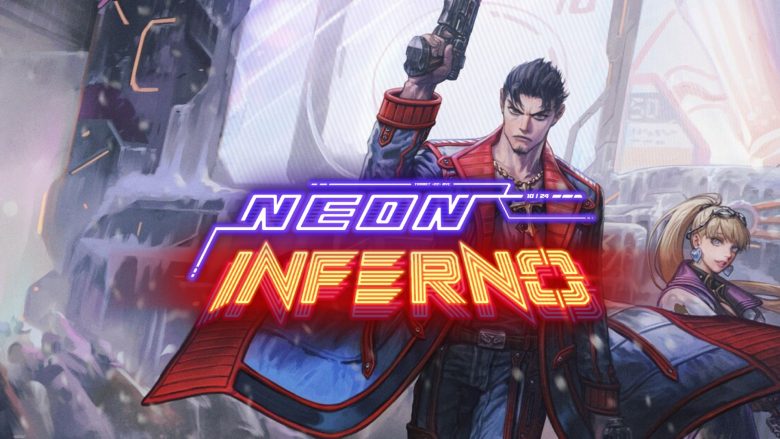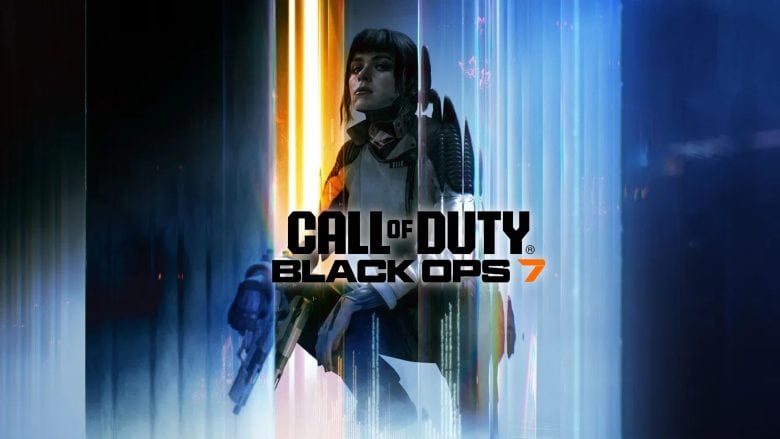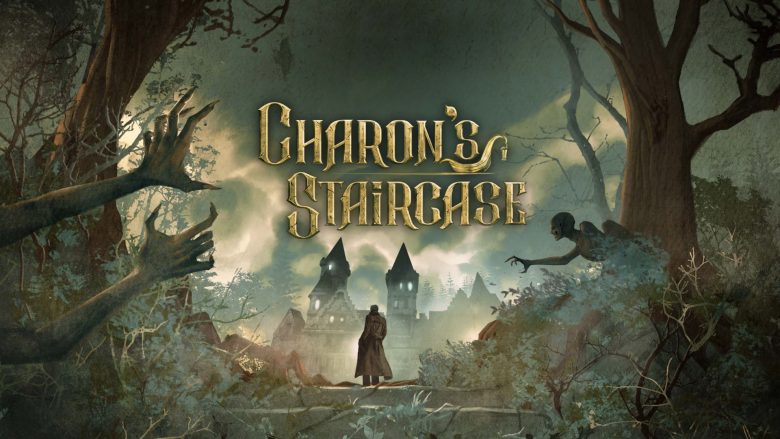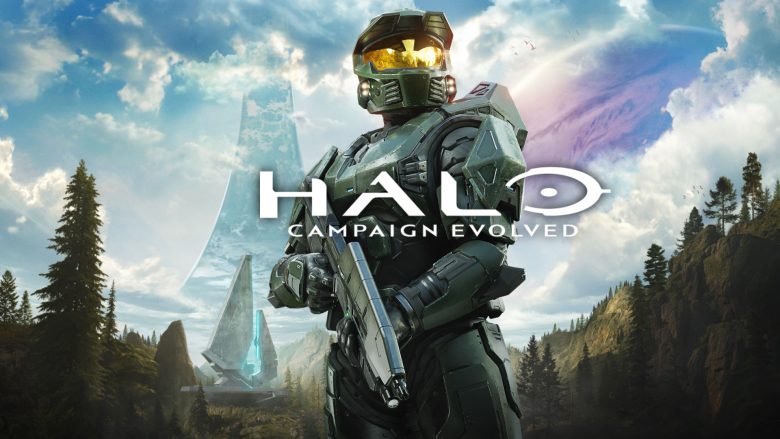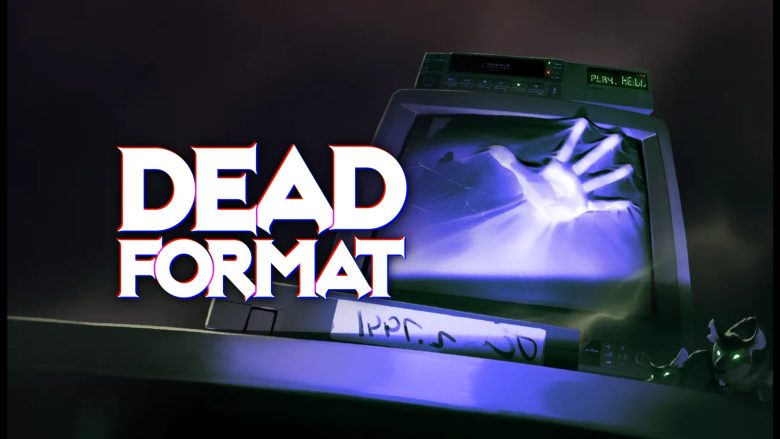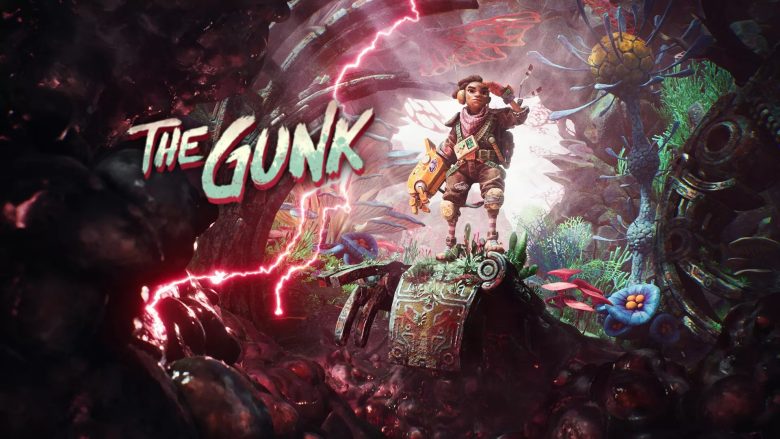Beamdog makes its debut in the crowded and complex landscape of Roguelikes with a video game that holds a promising concept, brimming with exceptional ideas, but, alas, it falls victim to an imperfect execution.

What a pity, indeed! This is one of the phrases that repeatedly crossed our minds while playing MythForce, Beamdog’s recent and fascinating first-person Roguelike. On paper, it presented itself as a well-conceived video game, brimming with commendable ideas and a concept that had the potential to be truly unique. However, sadly, it falls short of achieving the full scope of its ambitions.
But, let’s delve deeper into the matter. Released on September 12, 2023, on Nintendo Switch, PC (via Steam and Epic Games Store), PlayStation 5, PlayStation 4, Xbox Series X/S, and Xbox One, MythForce is a Roguelike inspired by Saturday morning cartoons, developed by the seasoned team at Beamdog and published by Aspyr.
We’ve extensively played the PlayStation 5 version of the game and are ready to share in our review what convinced us and what didn’t, the strengths and weaknesses of Beamdog’s latest endeavor.
All for One and One for All
MythForce’s narrative, inspired by Saturday morning cartoons, is one of the primary themes that the game centers on, along with what we could describe as a “nostalgia effect.” It remains very straightforward, clear, and undeniably captivating.
But even prior to this and the game interface that beckons the player, we are immediately welcomed, right after opening the game, by the stunning, perfectly cartoon-style intro of MythForce, and the theme song composed by Ross Lara, which immerses us and provides us with initial hints about the narrative.
Four fearless champions, hordes of infernal monsters, and wicked villains to vanquish. It’s the heroes’ time.

As the intro concludes, MythForce swiftly immerses us into the game interface, allowing us to select our character. Players can approach the game in both single-player and co-op modes, accommodating a party of up to 4 players. Once character selection is made, players can proceed to pick a mission and fully immerse themselves in the action.
The campaign’s progression unfolds across a total of 9 levels, divided into 3 chapters. Each level encompasses typical features of the Roguelike genre, including, to name a few, randomly generated levels and the simultaneously feared and beloved permadeath mechanic (though in a less punishing form). Furthermore, every region and level within the Cursed Lands will play host to a formidable area boss that players must vanquish to successfully complete the level and advance to the next.
We are MythForce
One of the elements that we have appreciated the most about MythForce, in addition to its stunning cartoon-like aesthetics, is the character design of the four heroes, exquisitely crafted, truly one of the finest aspects we’ve found in the title.
Each hero in MythForce comes with a well-executed and functional concept and character design, enriched with unique attributes and traits, including their class, a backstory that acquaints us with the character, and their starting skills.

Each hero is also associated with a “difficulty level“, represented by stars, which indicate the challenge players will encounter in-game when selecting that particular hero. For example, if you were to choose Maggie (The Mage), you’d gain advantages in ranged combat and spellcasting, but you’d also be extremely vulnerable to melee attacks due to the lack of armor, necessitating a high level of attention. On the other hand, Victoria (The Knight) is a formidable melee fighter protected by sturdy armor and wields a bow in her arsenal, enabling her to engage in both melee and ranged combat. Opting for her might make the combat system appear less “spectacular,” but it’s a better fit for novice players.
But let’s take a closer look at who the heroes of MythForce are:
- Rico – The Rogue (Difficulty: 2/3): Previously one of the Deadalus’ fiercest generals, Rico now fights against the forces of evil in hope of atoning for his past sins. He’s the rogue of the team, light on his feet and excellent in one-on-one combat with a blade. Most effective dashing in and attacking stragglers while they’re distracted by the rest of the party.
- Hawkins – The Hunter (Difficulty: 1/3): After years as a solitary monster hunter, Hawkins now adds his skills to MythForce. He excels at ranged combat and can enter the spirit realm to pass through enemies who block his path. His powerful shots weaken foes or pull them into explosive rifts.
- Victoria – The Knight (Difficulty: 1/3): A former knight of the Solaire Royal Guarde, Victoria forms and now leads the Heroes of MythForce. She is a defensive hero, excelling at close-quarters combat and crow control. While not as fast as the other heroes, Victoria can keep the heat off of her party while mitigating damage with high stamina and defensive abilities.
- Maggie – The Mage (Difficulty 3/3): Maggie is one of the finest students ever to graduate from The Lyceum, Eldryth’s leading mage academy. What Maggie lacks in endurance and combat skill, she more than makes up for as a spellcaster. From a safe vantage point her spells can turn the tide of combat like mystical artillery.
Furthermore, each player starts every match with 3 starting skills, based on the hero they choose. Unlike all the items, abilities, and consumables they’ll acquire, these skills will remain unchanged and won’t be lost. These consist of three unique, rechargeable abilities and powers the hero can employ over time to pave their way through the hordes of monsters. Use them wisely, or you’ll be in trouble!
The only thing that was a bit disappointing in this regard, in terms of design, is the character interface and menu, which seemed a bit too cluttered and confusing. It’s certainly not a major issue, but for the PS5 version we tested, it felt a bit cumbersome, especially initially as as we got used to its management and display.
The Art Design: The Real Strength of MythForce
And now, here comes one of the aspects we appreciated the most: the artistic component. The art design, without a doubt, stands as the most captivating feature of Beamdog’s title, primarily due to its meticulous planning and flawless execution, exactly as we had imagined.
Remember when we were kids and our favorite cartoons were on TV? When we followed the adventures of He-Man (“By the Power of Grayskull”… you know what we mean, don’t you?) or G.I. Joe: A Real American Hero? Well, MythForce draws inspiration from the aesthetics and imagery of that era, embracing and inheriting a vibrant and extensive color palette, the core values that define our mythic heroes, and the magnetic aesthetics that, more than anything else, distinguish Beamdog’s work.
MythForce is visually just as we anticipated from that very first trailer. It’s almost “saturated” with colors, radiates a sense of humor and self-irony, and, through its art, conveys everything it wishes to communicate to the players. Both the cutscenes and in-game animations are well-crafted and evoke that unique “nostalgia effect” we mentioned earlier, or at least that’s how it felt for us.
Some foes, especially the skeleton warriors, appear almost paradoxically as caricatures of themselves. Just observe their clumsy movements, animations, or their reactions when they face our attacks.

It’s all intentionally exaggerated, and that’s just the way we like it! After all, MythForce’s art is perfectly in tune with the context. It intends to evoke memories of classic Saturday morning cartoons, and what’s more classic than disintegrating skeletons into a pile of bones, grotesque enemies popping up from all directions, and heroes with superhuman strength wielding enchanted weapons as if they’ve been blessed by the mightiest of deities? Wanted a throwback to the ’80s cartoons? Well, you’ve got it!
And now, let’s get to the weak spots…
As previously mentioned, MythForce’s gameplay embraces the mechanics and features that are already well-known in the Roguelike genre. To advance from one level to another, players must conquer dungeons of different difficulties, filled with hordes of enemies, traps, and various environmental obstacles.
And this is where the initial problems come to light. Unfortunately, the most striking problem is the excessive, almost overwhelming repetitiveness in both exploration and procedural level generation, which significantly curtails the game’s replayability and overshadows the positive aspects, such as the design of the enemies.

The most glaring limitation, perhaps, is the lack of variety and variability, which hampers the exploratory component and the excitement of discovering something new with each playthrough. As we are aware, variety has always been a fundamental pillar of Roguelike gameplay, substantially enhancing its replayability.
Maybe that’s the crux of the matter; MythForce’s gameplay doesn’t quite measure up to other Roguelikes in the industry. It doesn’t carve out, as we might have expected, a particularly distinctive space in the genre, and it’s conceivable that the limited variety in its mechanics makes its gameplay enjoyable but ultimately forgettable. It leaves a somewhat bitter aftertaste, especially when we reflect on the potential that the game had at its disposal.
Naturally, the gameplay isn’t solely characterized by negative aspects. The variety of perks, purchasable spells, as well as the unique approach that each hero brings to the player’s path of progression are positive and well-executed elements. However, they remain limited in number and fall short of fully offsetting the aforementioned shortcomings.


The first-person combat system is a classic hybrid of melee and ranged combat and works decently, particularly the ranged combat with ranged weapons and spellcasting. However, melee combat is noticeably less precise, with issues related to hitboxes management and feedback (for example, we tried to break vases with Victoria’s mace several times without success, having to retry a couple of times).
In the early levels, you will also notice that the enemy AI is not always particularly responsive and functional, particularly in the case of the skeleton swordsmen and archers. However this feeling will diminish somewhat as you progress through the campaign and encounter stronger foes. Having said that, the response feedback to our attacks by the enemies is not always perfect (often they won’t even move to avoid them), and it could benefit from some improvements.
Regarding the technical aspects, the in-game cel-shaded visuals are well-crafted, as we’ve already mentioned, we liked it, except for some framerate drops and stuttery animations. Unfortunately, the sound doesn’t hold up as well, particularly with regard to sound design and the OST. Despite the high quality of the intro theme, the soundtrack doesn’t blend as seamlessly as it should in-game. It’s a pity because, considered on their own, some of the compositions wouldn’t be bad at all, quite the opposite…
The Final Verdict
In conclusion, MythForce is by no means a bad video game, and it’s not one to avoid, but rather it is a Roguelike that grapples with certain shortcomings that unfortunately affect the overall experience, leaving it somewhat incomplete in execution and lacking in gameplay.
The primary issue centers around the repetitiveness and lack of variety, factors that have significantly impacted the playability, longevity, and replayability of the title, making the levels feel somewhat flat and monotonous. This is disheartening because the concept was well-thought-out and had the potential to provide a truly satisfying and enjoyable experience.
On the other hand, the artistic component is meticulously detailed, featuring a high-quality art design and exceptional animations, with standout cutscenes.
MythForce left us somewhat disappointed, as it feels like a missed opportunity, as if all its components had potential, but Beamdog couldn’t seamlessly blend them together.
Naturally, we’re mindful that the future of MythForce will significantly depend on the post-launch support that Beamdog chooses to deliver. We’ve often seen game launches that didn’t go perfectly but were later improved through developer hotfixes and updates, thanks to strong community support. In this regard, it seems that the development team has promptly initiated this process.
We’d like to remind you that MythForce has been available since September 12, 2023, on Nintendo Switch, PC (via Steam and the Epic Games Store), PlayStation 5, PlayStation 4, Xbox Series X/S, and Xbox One.
Thank you for joining us today. Talk to you soon!
MythForce
PRO
- The “Nostalgia Effect” is much appreciated.
- Fascinating art design, skillfully executed and in harmony with the concept.
- Exceptional craftsmanship in animations, especially in cutscenes.
- The technical and graphic aspects hold up quite well.
- An excellent character design.
CON
- Repetitive and lacking in variety gameplay.
- Poor replayability.
- The OST fails to meet expectations.
- It doesn’t measure up to the great Roguelikes.




